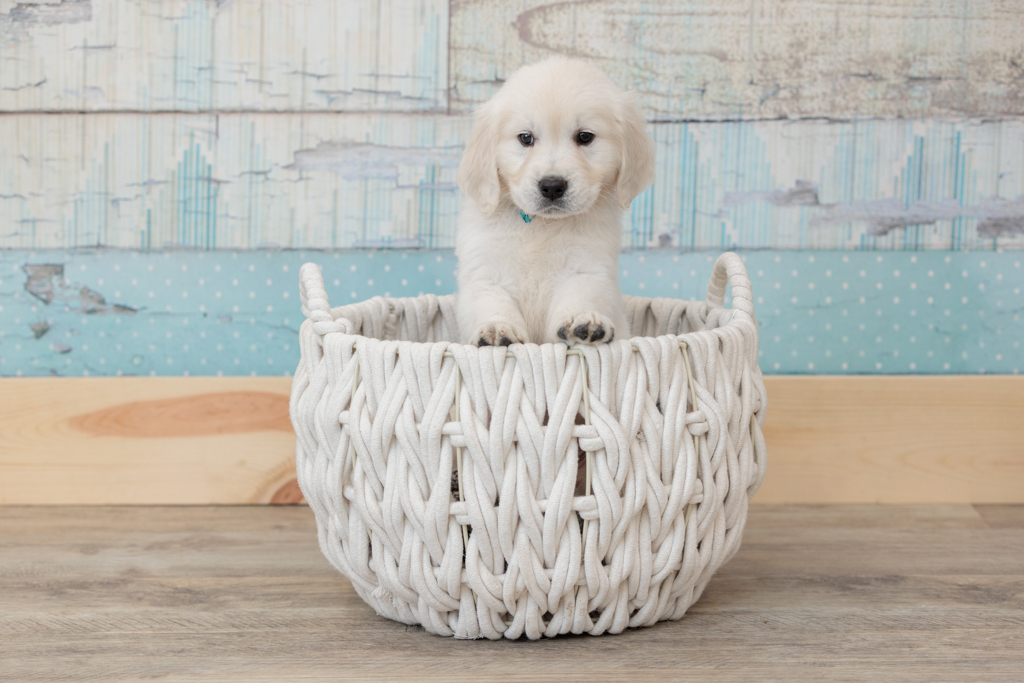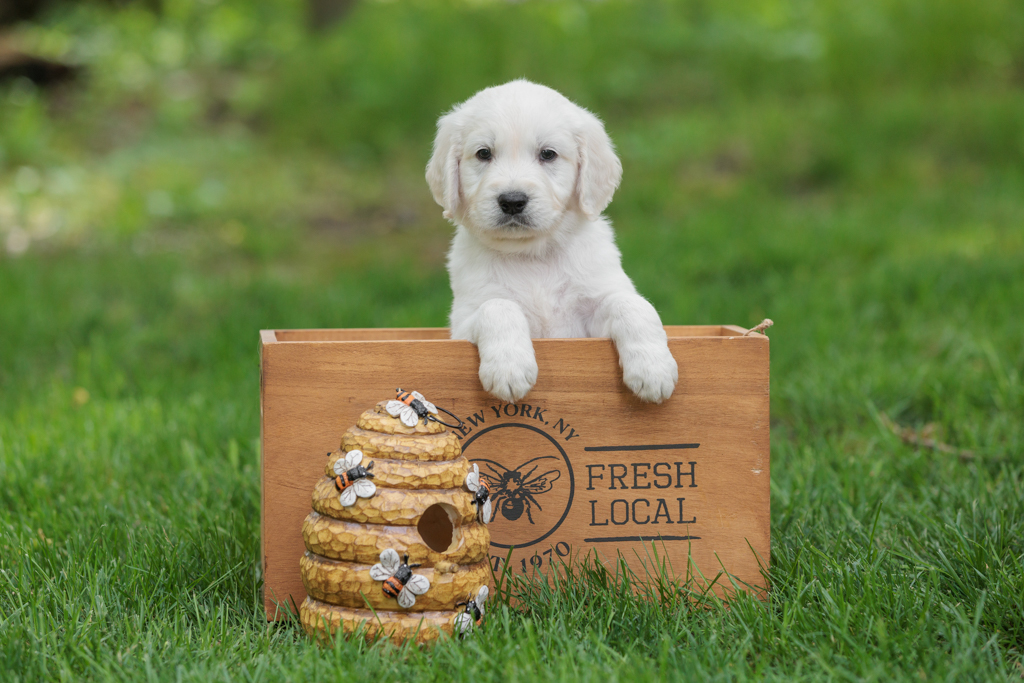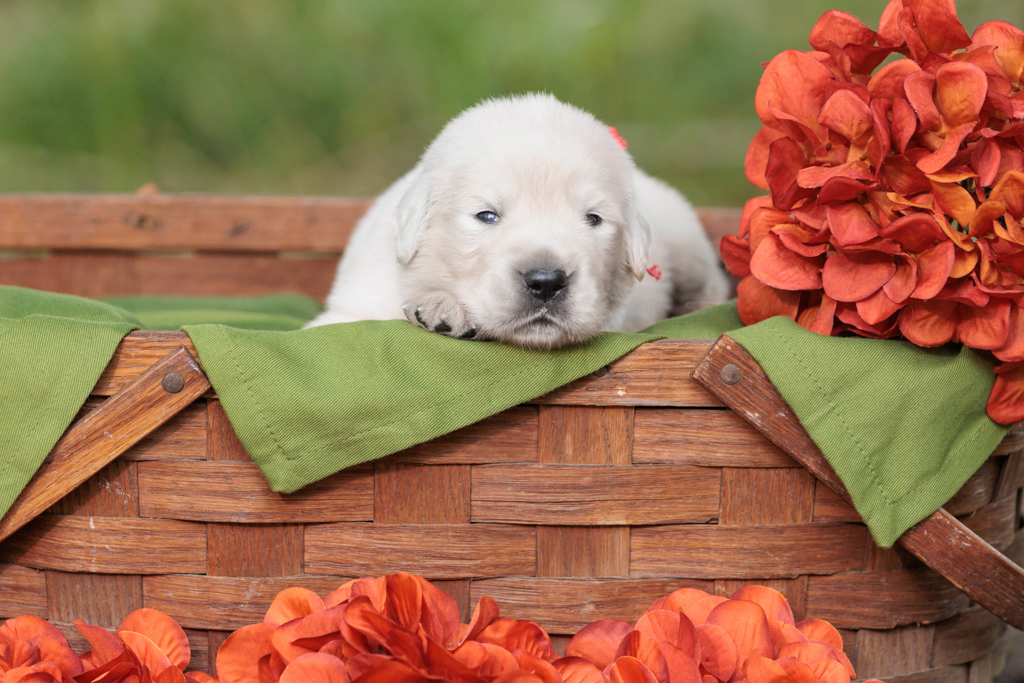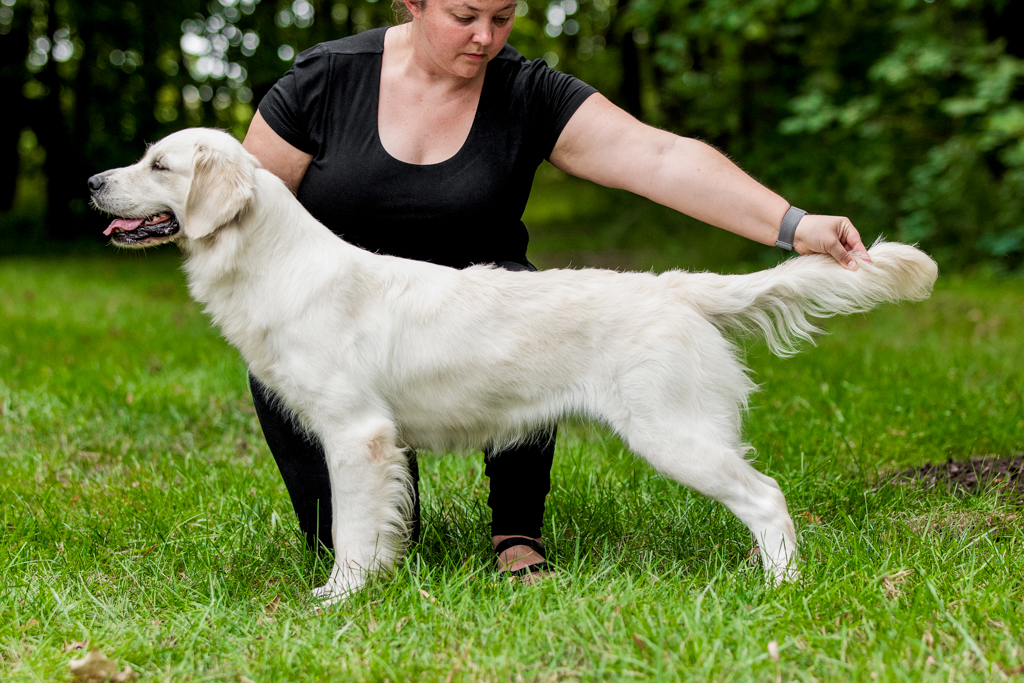Spaying and neutering dogs are common practices worldwide, driven by the desire to control the pet population, prevent certain health issues, and manage behavioral tendencies.
It is estimated that approximately 80% of pet dogs in the United States are neutered.
Traditionally, these procedures are performed early in a dog’s life, often before they reach sexual maturity.
But what if there was another, potentially more beneficial, route?
Emerging evidence suggests that delaying sterilization until later in a dog’s life may offer unique advantages to their health and overall well-being.
Read on as we explore this alternative approach to pet care.
Understanding Delayed Sterilization
So, why wait to spay or neuter a dog?
Delayed sterilization, or late-term sterilization, entails postponing the procedure until after the dog has reached sexual maturity. This usually means waiting until they are at least one year old, sometimes even longer.
While the traditional approach aims to prevent unwanted pregnancies and behaviors associated with sexual maturity, delayed sterilization allows dogs to fully develop and mature before undergoing a major surgical procedure.
Admittedly, this is a bit of a controversial topic, with some veterinarians and pet owners advocating for early sterilization as the best option. However, recent research has shed light on the potential benefits of delayed sterilization that were previously unknown.
Benefits of Delayed Sterilization
If you decide to delay sterilization for your dog, what potential benefits can you expect?
1. Reduced Risk of Joint Disorders
One significant advantage of delayed sterilization is a reduced risk of joint disorders and related conditions, such as hip dysplasia and cranial cruciate ligament (CCL) injuries.
Research has shown that dogs who undergo early spaying or neutering are more likely to develop these issues than those who are sterilized later in life. English Cream Golden Retrievers are prone to hip dysplasia, and early sterilization can increase their likelihood of developing it.
We want our pets to stay happy, healthy, and active for as long as possible, and delayed sterilization could help achieve that goal.
2. Improved Behavior
Delayed sterilization can also positively impact a dog’s behavior, specifically regarding aggression.
Studies have found that dogs neutered or spayed early in life are likelier to exhibit aggressive behaviors, such as fearfulness and reactivity towards unfamiliar people or dogs.
In contrast, those who were sterilized later in life tend to have a calmer demeanor and less aggression.
3. Lower Risk of Certain Cancers
Another surprising benefit of delayed sterilization is a potentially lower risk of certain types of cancer.
Research has shown that early spaying and neutering can increase the risk of certain cancers, such as osteosarcoma and transitional cell carcinoma. By delaying sterilization, dogs can maintain their natural hormonal balance, which may help protect against these types of cancer.
There are certain guidelines to follow depending on the breed, sex, and size of your dog. It’s best to do your research before making a decision.
When to Spay or Neuter Your English Cream Golden Retriever
While delayed sterilization may have many benefits, it’s essential to consider your dog’s needs and consult with your veterinarian before making a decision. The window for delayed sterilization is between 11 and 23 months of age, but some breeds may benefit from waiting even longer.
For English Cream Golden Retrievers, the recommended age for spaying or neutering is 12-24 months. You should plan to have the procedure done before your dog reaches three years of age.
However, this may vary depending on your dog’s individual health and development. Discussing all the potential risks and benefits with your veterinarian is crucial to making an informed decision for your pet. You may need to adjust the timeline to ensure their health and well-being.
Ultimately, the goal is to provide the best possible care for your English Cream Golden Retriever, and delayed sterilization may play a role in that care plan. By waiting until they are fully mature, you can help reduce their risk of certain health issues and potentially improve their behavior.
Helping Your English Cream Golden Retriever Stay Healthy with Supplements
Whether you decide to opt for early or delayed sterilization, there are things you can do to help your English Cream Golden Retriever maintain their health and well-being.
One way to support your dog’s overall health is by incorporating supplements into their diet. There is no shortage of supplements on the market these days, and it can be overwhelming to determine which ones are necessary for your dog.
However, it’s helpful to break them down into categories and desired results to find the best options for your pet.
Joint Supplements
Joint supplements are often recommended for dogs, particularly as they age or are susceptible to joint health issues. These supplements can help maintain healthy joint function, reduce inflammation, and alleviate discomfort associated with arthritis.
Glucosamine and chondroitin are commonly included in joint supplements, as they contribute to the formation and repair of cartilage. An example of a joint supplement is Nutramax Cosequin DS Plus, which combines glucosamine and chondroitin with MSM for comprehensive joint support.
Digestive Health Supplements
Digestive health supplements are designed to support a dog’s gastrointestinal tract. They may contain probiotics, which are beneficial bacteria that aid digestion, and prebiotics, which feed these beneficial bacteria. Digestive enzymes can also be included to aid in the breakdown and absorption of nutrients. An example of a high-quality digestive health supplement is Purina Pro Plan Veterinary Diets Fortiflora, a probiotic supplement that promotes a balanced intestinal microflora.
Skin and Coat Supplements
Skin and coat supplements can help nourish your dog from the inside out, promoting a shiny coat and healthy skin. They often contain essential fatty acids, such as Omega-3 and Omega-6, which have been shown to support skin health and coat shine. Biotin and vitamin E may also be included for their beneficial effects on skin and hair health. One popular skin and coat supplement is Zesty Paws Omega Bites, which combines Omega-3 fatty acids, vitamins, and antioxidants for comprehensive skin and coat support.
Addressing Concerns and Counterarguments
Some pet owners express concerns that delayed sterilization may lead to unwanted behaviors, such as marking territory or aggression, particularly in males.
There is also the worry about the risk of accidental pregnancies, which could contribute to the problem of pet overpopulation. These concerns are understandable but can be mitigated with proper training and supervision. Counterarguments supporting delayed sterilization highlight the importance of a more natural developmental process.
Allowing a dog to reach physical maturity before undergoing sterilization can contribute to stronger bones and a more robust physical structure due to the full course of hormonal growth. This can be particularly beneficial for large breeds prone to orthopedic problems.
Additionally, the risk of unwanted pregnancies can be effectively managed through vigilant supervision and containment strategies, thus minimizing the risk without sacrificing the long-term health benefits associated with delayed sterilization.
Regarding behavioral issues, recent studies suggest that dogs sterilized at an older age do not necessarily exhibit more aggression or territorial behaviors than their early-neutered counterparts.
In fact, the removal of hormones through early sterilization can sometimes amplify fear-based behaviors, which can manifest as aggression. Careful socialization and training during the dog’s development can positively influence and temper their mature behavior.
Therefore, while delayed sterilization concerns are valid, they can often be addressed through responsible pet ownership, including consistent training, socialization, and management strategies. The potential health benefits of delayed sterilization, particularly for certain breeds prone to joint and cancer issues, present a compelling case for considering this approach as part of our canine companions’ comprehensive health and wellness plan.
Should You Practice Delayed Sterilization?
In summary, the decision to practice delayed sterilization for your English Cream Golden Retriever offers many potential health benefits, such as reduced risk of certain cancers and joint issues and a stronger, more robust physical structure.
However, it’s essential to weigh these benefits against the possible challenges, including behavioral concerns and the risk of accidental pregnancies. Responsible pet ownership, including thorough training, socialization, and supervision, can mitigate many of these concerns.
Consultation with a veterinarian can provide personalized advice, aiding in an informed decision that best suits your pet’s health and well-being. You can ensure your beloved canine companion’s healthy, happy life by prioritizing comprehensive care and informed decision-making.















